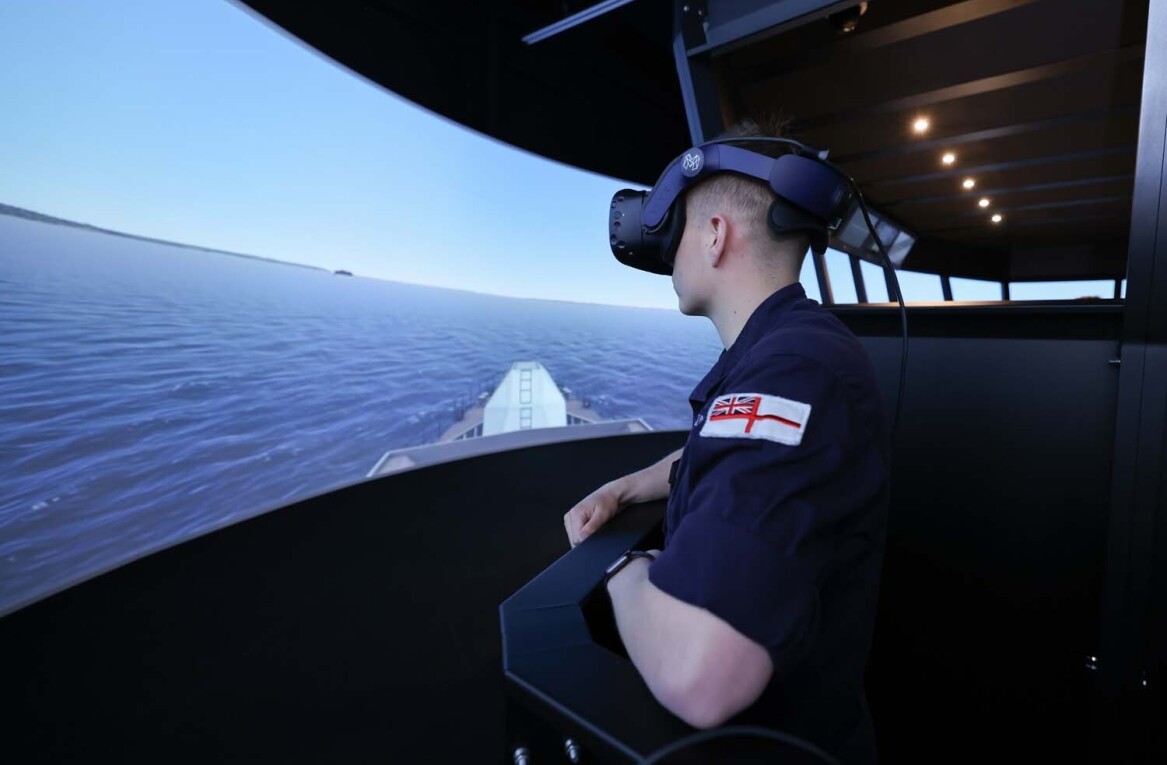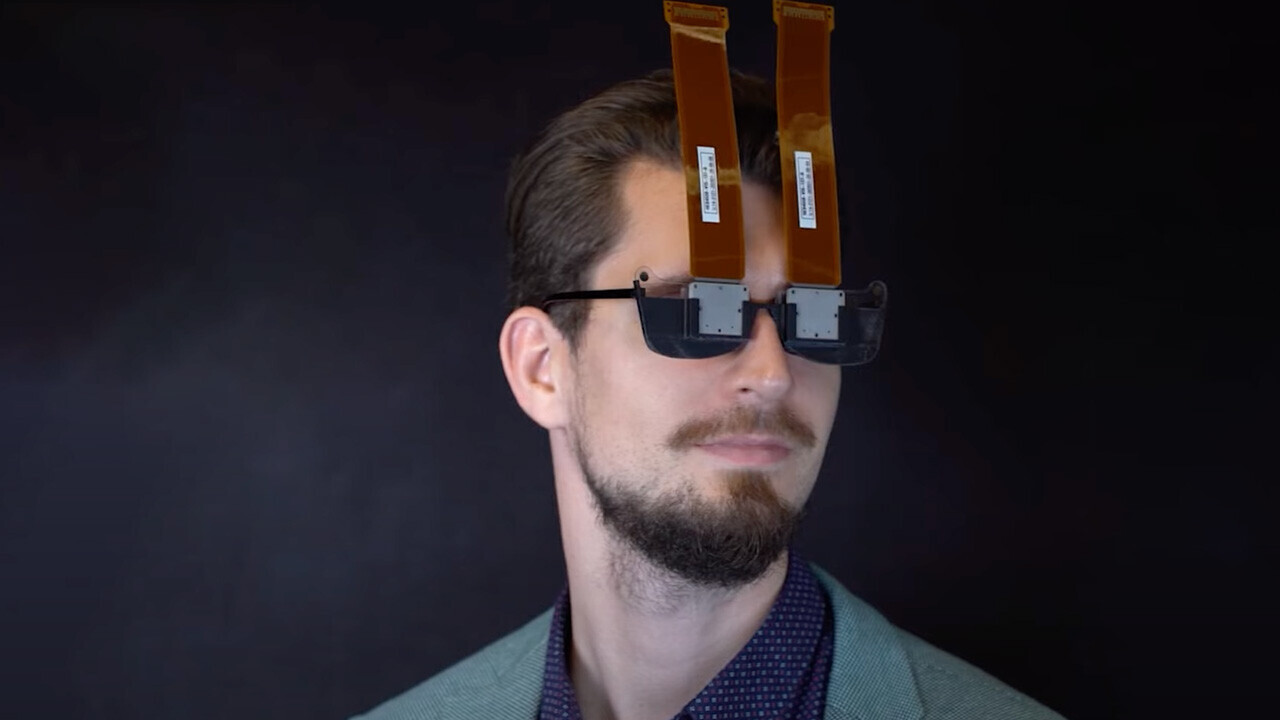
One of the biggest issues facing mainstream adoption of VR headsets is their form factor. Anyone familiar with the tech will have the image in their mind: a bulky, binocular-looking blob attached to you like the facehugger from Alien.
But Nvidia wants to fix this — and has just released a research paper in collaboration with Stanford University that shows a concept for an ultra-thin pair of holographic glasses for virtual reality.
First off, let’s look at why today’s VR headsets are so bulky.
Effectively, this is down to the magnifier principle of VR display optics. As per Nvidia’s and Stanford’s paper, regular headsets work with the “lens [enlarging] the image of a small microdisplay.”
This requires a large distance between the two, increasing the size of today’s headsets to accommodate the technology.
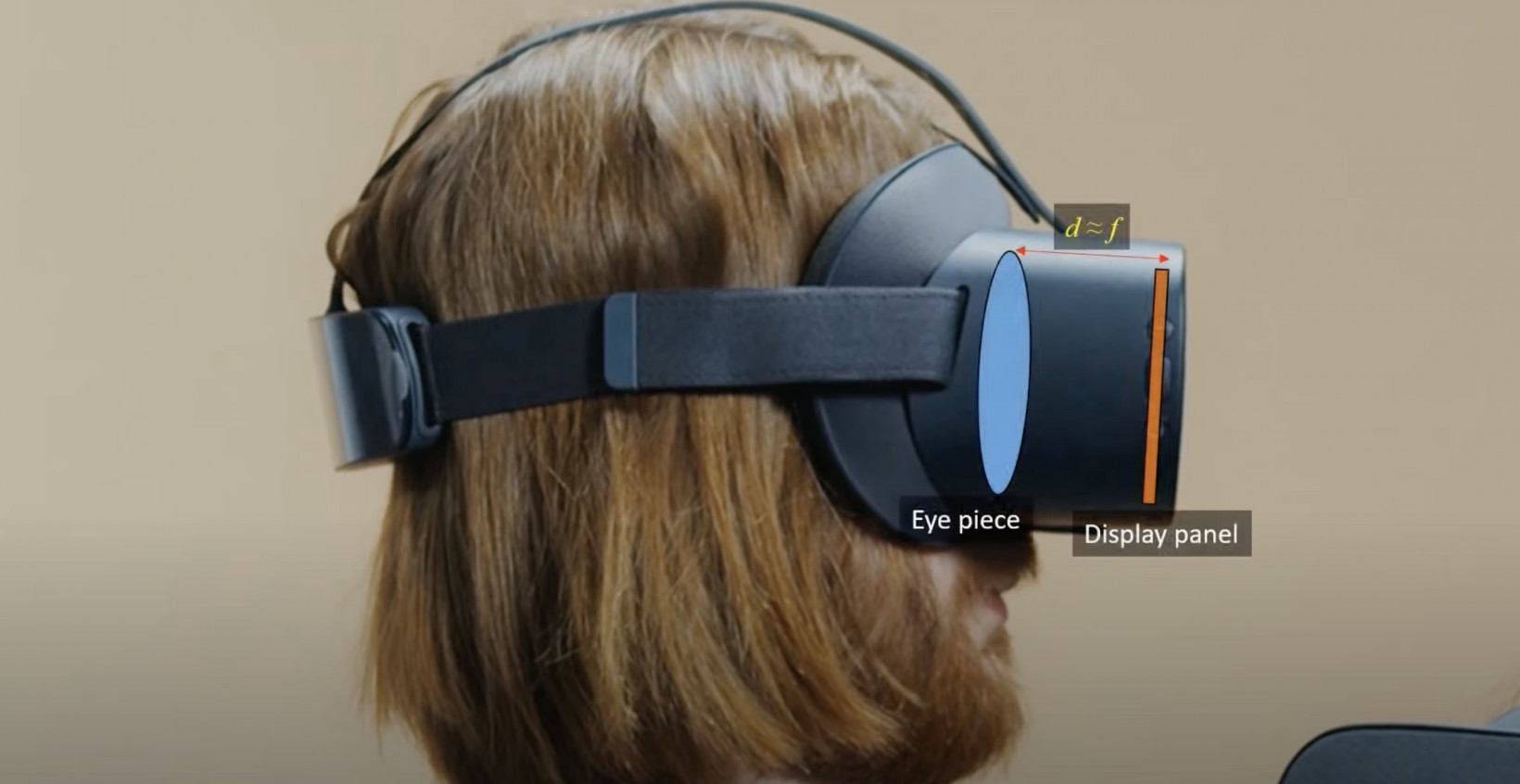
Other techniques have been explored to reduce the gap between the lens and microdisplay — such as so-called “pancake lenses” which reduce the optical path through folding — but this has its limitations, in this instance, with the technology only supporting 2D images.
While researchers have tested other approaches, these often have their own drawbacks, including low resolution output.
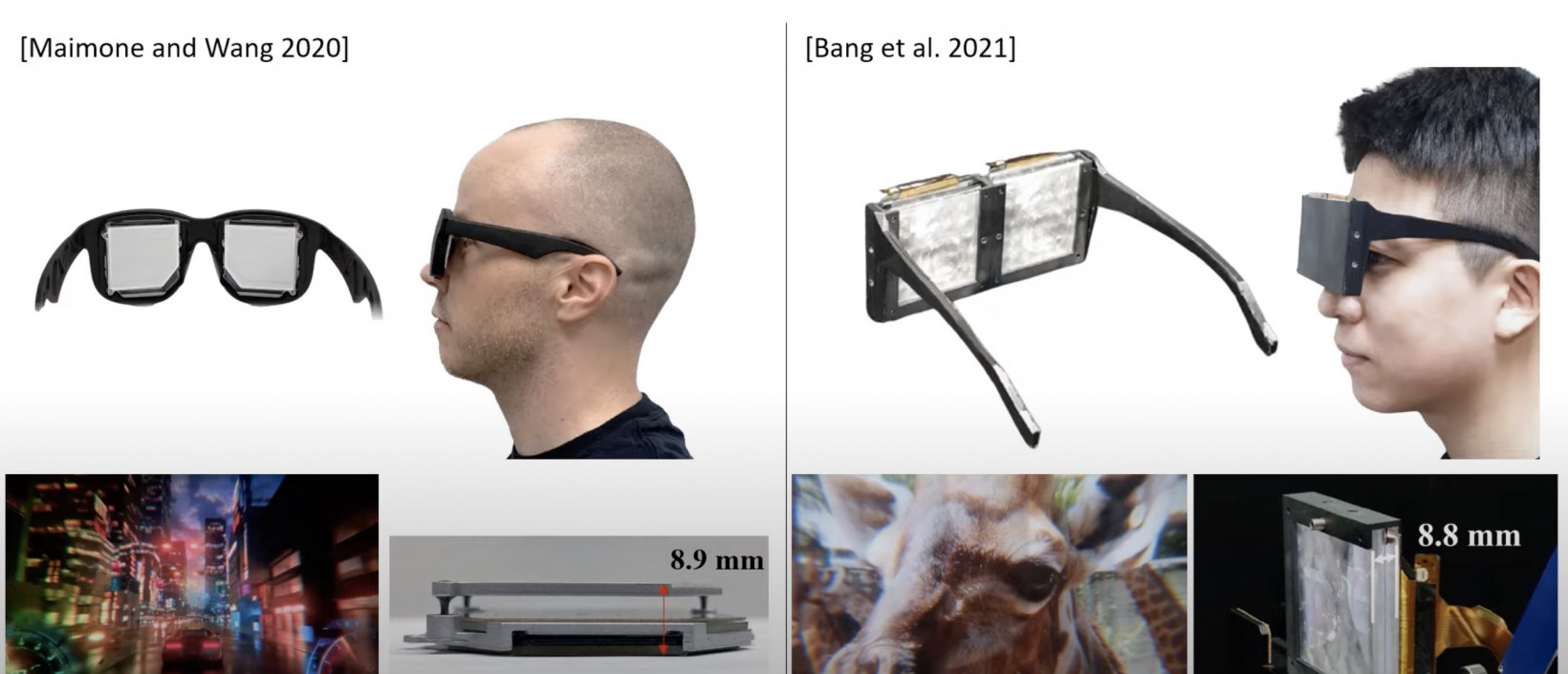
What the researchers at Nvidia and Stanford propose is different. Their concept is a holographic near-eye display that presents a 2D or 3D image to each eye, all while only being 2.5mm thick.
So, how did they achieve this?
Well, think back to the gap between the lens and microdisplay that, in regular VR headsets, is used to magnify images and create holograms. Instead of this approach, Nvidia’s VR glasses concept uses something called “a spatial light modulator,” which creates a hologram right in front of the user’s eyes.
This image helps sums it up:
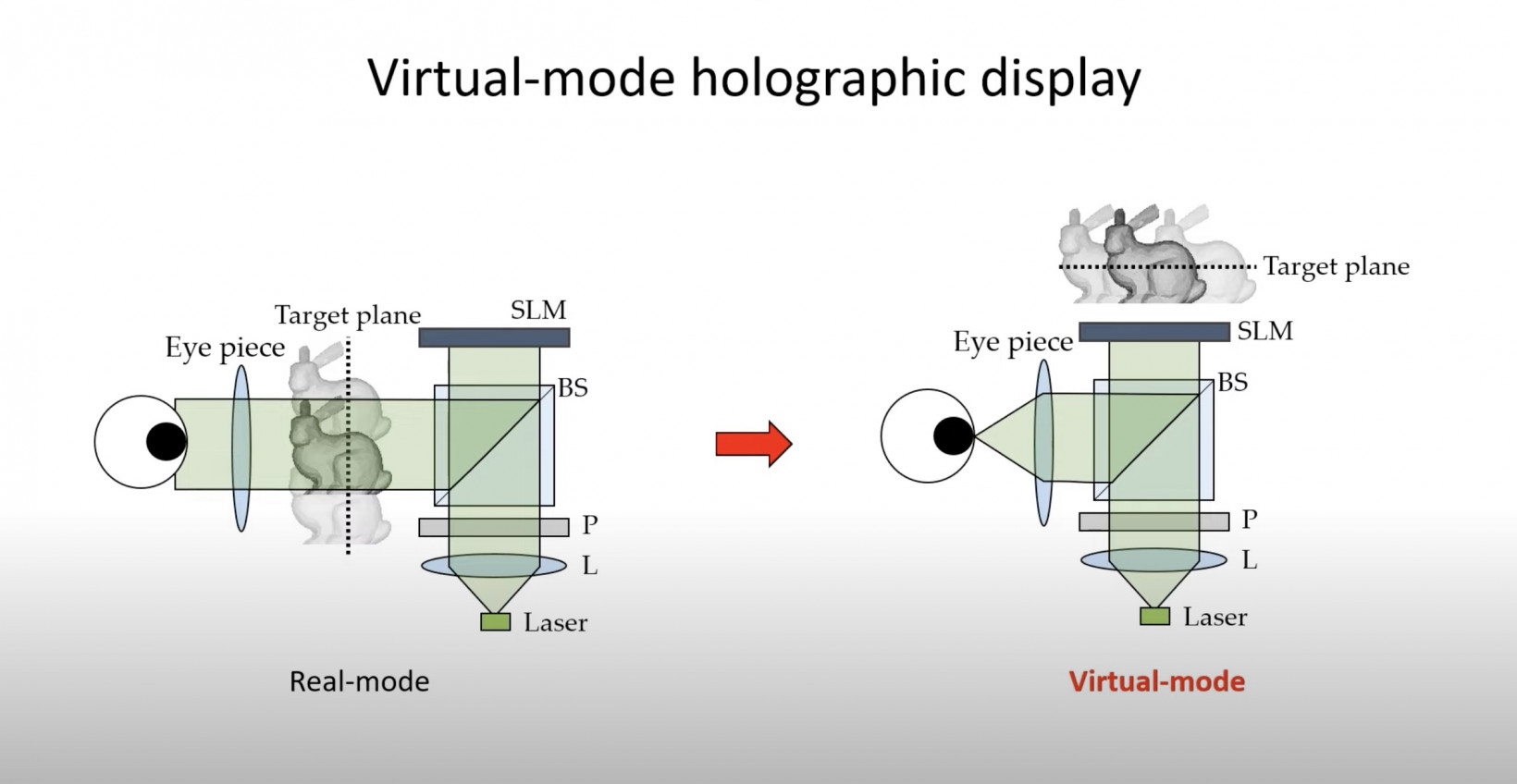
That’s not all though. In order to improve the image quality of the thin VR glasses, the researchers used “artificial intelligence techniques,” so they could “accelerate the computation of computer-generated holograms.”
To put that another way, they approached the quality and size of the VR display as a computational issue — meaning they designed the optics using an algorithm in order to find the highest grade output.
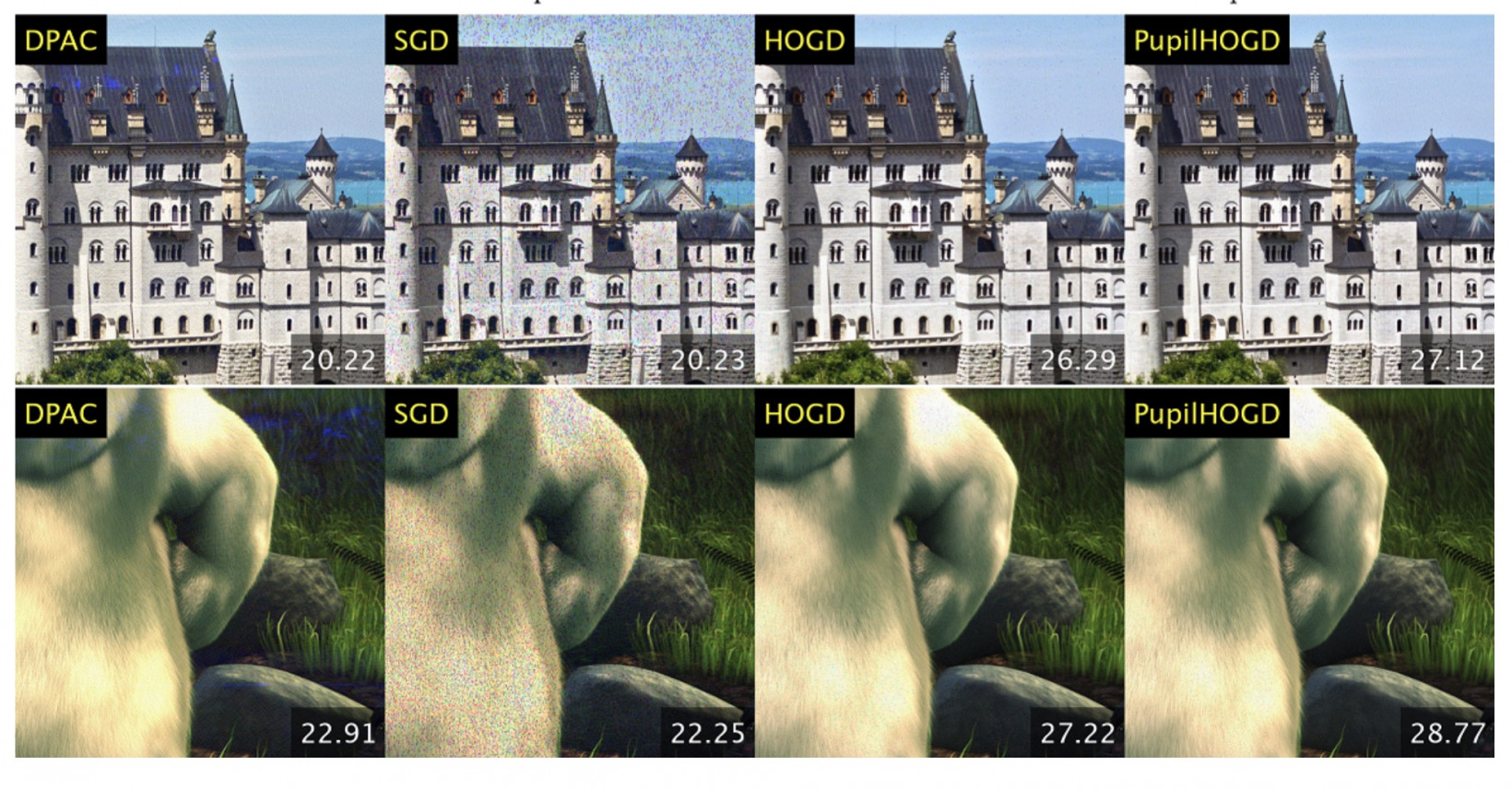
One of the paper’s authors summed it up as such:
This ultra-thin design was possible because of the new camera-in-the-loop optimization. Since the waveguide provides the scrambled-phase illumination, conventional plane wave-based algorithms won’t work. This is a great example of ‘Computation can redesign the display’
[3/4] pic.twitter.com/LgVnIt1y2a— Jonghyun Kim (@jkim_kr_) May 4, 2022
It’s also important to note that the images you see of the ultra-thin VR glasses show a wearable prototype. As Jonghyun Kim — Senior Research Scientist at Nvidia — puts it, these are a “working demo, although the driving board, power, and the light source were detached for the conceptual photo.”
As you’d expect from a research paper from Nvidia and Stanford, there’s a whole lot more detail that I encourage you to dive into. You can read the whole thing here — as well as watching a rather helpful video here.
While we’re a long way from these thin-ass VR glasses hitting the market, work like this shows the potential future of the technology.
Virtual reality headsets have been around for some time but they still haven’t been fully embraced by the mainstream. One potential reason for this is the unwieldy form factor. I mean, current VR headsets simply don’t look good — so getting people to wear them is tough.
The more scientists can counter this and make virtual reality headsets resemble regular glasses, the closer we’ll get to VR being a part of our lives.
Whether that’s a good or bad thing, I’ll leave to you — but it’s impossible not to be impressed at what scientists are managing to do, as well as what the future holds.
If you’re intrigued about what other research papers Nvidia is putting out at SIGGRAPH 2022, you can find more information on that right here.
Until then? Well, here’s hoping to see you in a very comfortable virtual reality soon.
Get the TNW newsletter
Get the most important tech news in your inbox each week.

